Click for more results.
No produts were found.
Your cart is empty See the offer
So that it is clear whether you can have some beer while riding or whether you can park your electric scooter on a sidewalk.
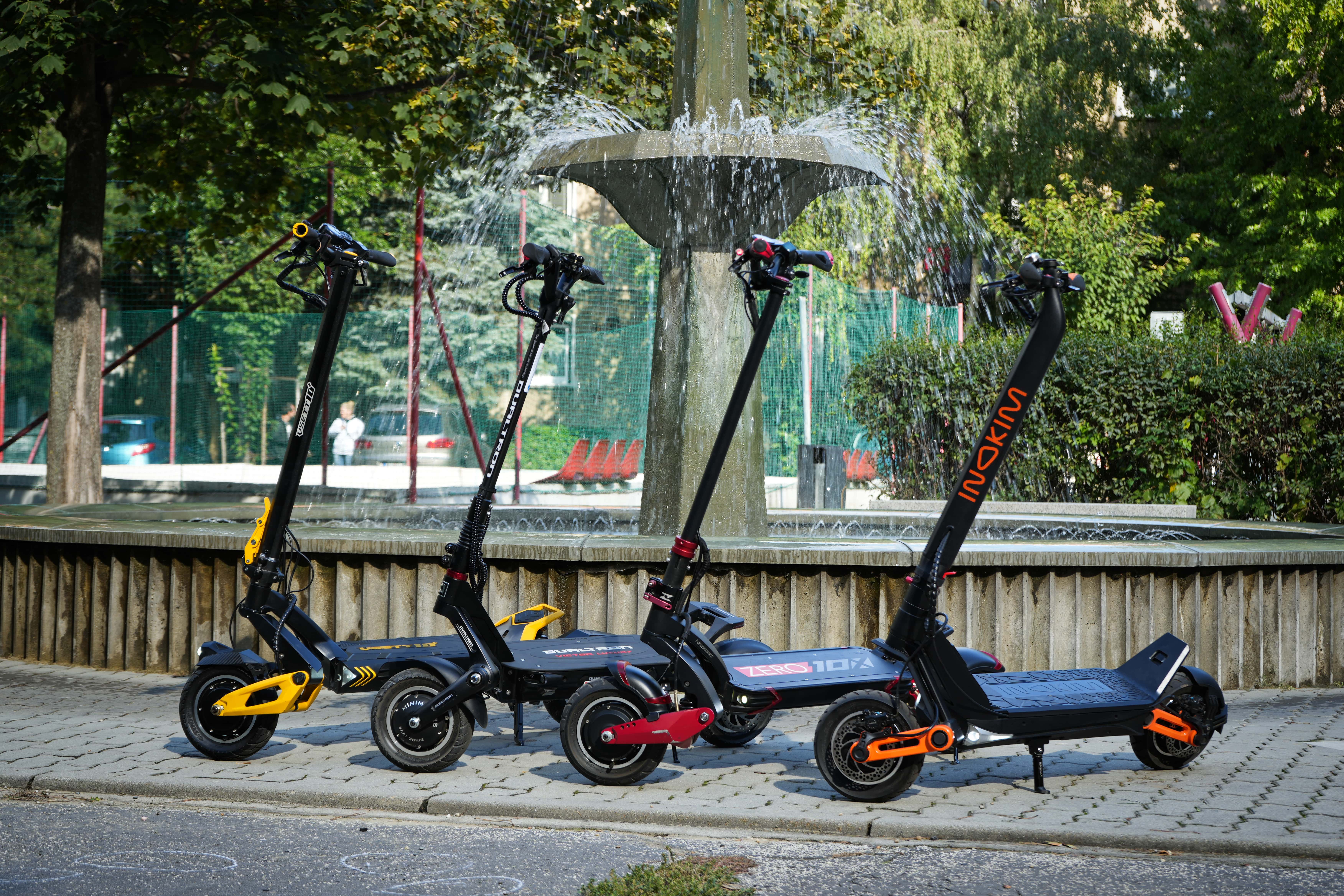
The vast majority of electric scooter owners will confirm that electric scooters very quickly become an integral part of their daily travels. However, as much as some people are very excited about them, others may not feel happy about them at all. Especially when scooter owners ride irresponsibly and endanger nearby traffic or pedestrians.
As the popularity of electric scooters continues to grow, so does the risk of accidents caused by their irresponsible riders. This is also why the countries enact electric scooter rules that clearly define the conditions, under which they can be used. The bad thing is that each country adopts different laws, or perhaps it does not have any such laws.
And so, whether you are going on a vacation, to work or moving to some other country, you should certainly like to avoid getting fined for riding your electric scooter not in accordance with regulations. That is why we have prepared for you a selection of the most basic rules that are in force in individual European countries.
The conditions and rules listed in the article are as in force in January 2023. Any laws adopted later may therefore differ in each country.
Before starting your electric scooter and venturing out, make sure that you are in fact authorized to use it.
Although riding electric scooters is permitted in most countries, there are exceptions. For instance, if the police stop you on a public road in Ireland or Great Britain, get ready for a hefty fine of up to €350.
On the contrary, there are no clearly defined rules in Albania, the Netherlands, Lithuania or Hungary. However, it is always better to put on a helmet before riding and to ride with utmost caution and in accordance with standard traffic rules.
The differences in individual countries also occur when it comes to age, at which riders are permitted to use electric scooters. The age limit varies quite significantly, from 10 to 18 years. Let’s look at it in more detail.
In Estonia and Poland, people aged 10 or older can ride electric scooters without being accompanied by an older person. However, until reaching 18 years of age they have to carry a bicycle license with them. The same applies to ten-year-olds in Austria. Without a bicycle license, riding is only permitted after reaching 12 years of age.
In France and Croatia, the law permits 12-year-olds to ride an electric scooter. In Luxembourg, they must be a year older.
The most common age limit across European countries is 14 years, being adopted in Bulgaria, Cyprus, Latvia, Germany, Romania, Slovenia and Italy.
In Denmark and Slovakia, this age limit is 15 years of age. However, in case of Slovakia the aforementioned limit only applies when scooter riders ride on public roads. There is no age limit for other types of roads. From the age of sixteen, nobody has a problem riding an electric scooter in Belgium, Spain and Malta.
The strictest age limit applies in Portugal where riders must wait until they turn 18.
The differently worded regulations across European countries create uncertainty when it comes to mandatory equipment. While in Portugal the mandatory equipment is not ratified, in Germany you have to ride with the documents and a license plate. To make clear what mandatory equipment components are required, we have summarized them for you by country:
In Greece and Croatia, it is compulsory to wear a helmet and a reflective vest in reduced visibility.
Wearing a helmet is mandatory in Estonia, but only for riders aged 16 or younger. In Luxembourg, you must have front and rear lights, but they are not precisely specified. Such lights, along with the requirement to wear a helmet for people aged 18 or younger, must be also observed in Slovenia.
Your scooter in the Czech Republic, Denmark, Latvia and Austria must be equipped with a front white light, rear red light, reflective elements and the brakes.
The same conditions apply in Belgium, Cyprus, Finland, France and Sweden, however with a horn being added to the list.
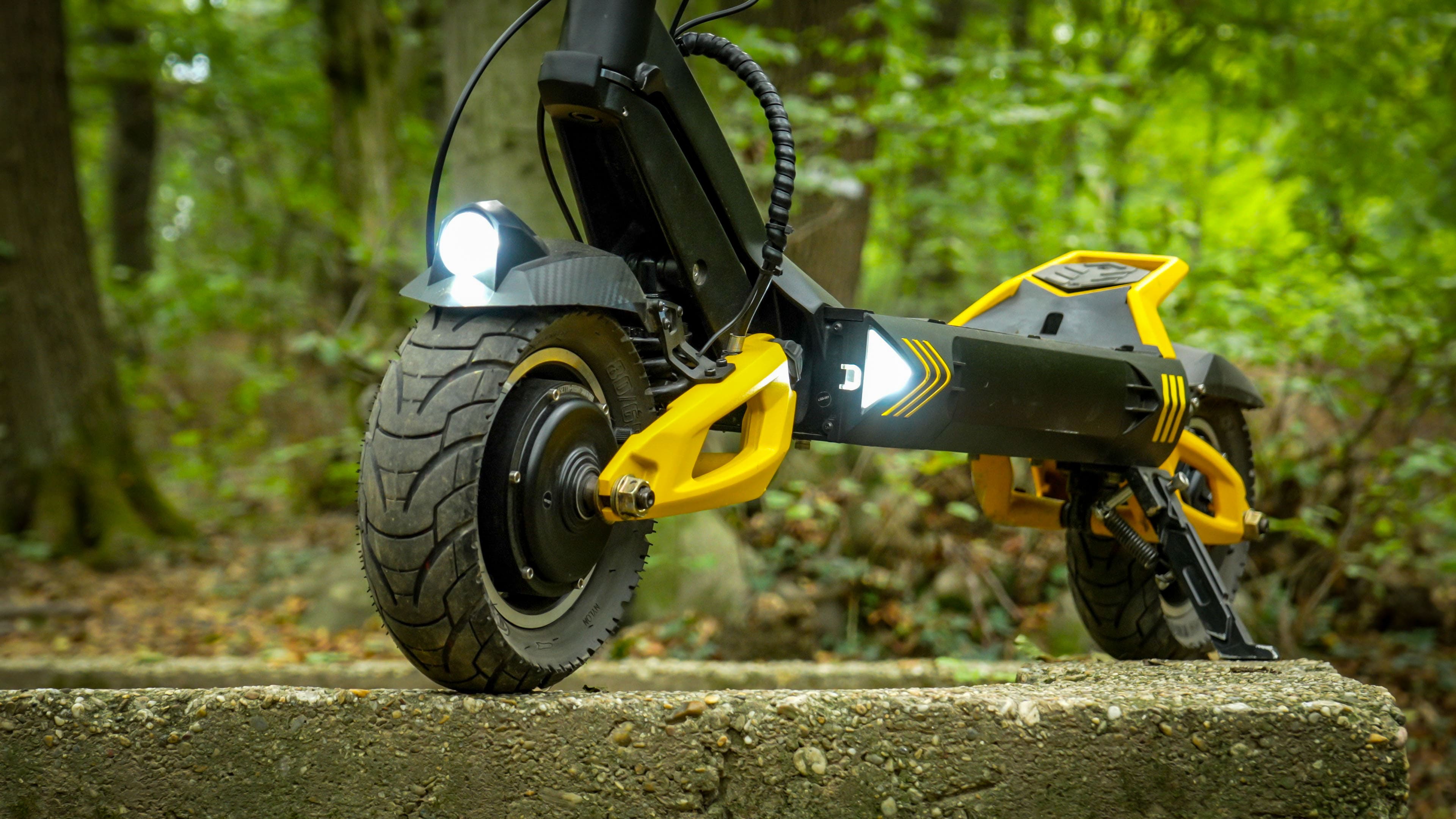
Prepare for even stricter mandatory equipment rules in Bulgaria, Romania and Spain where, in addition to the aforementioned equipment, scooters must be also equipped with a brake light. You must have scooter insurance concluded in cities such as Barcelona, Alicante or Benidorm. In addition to all other lights, you will also need to have turn signals installed in Italy.
Along with a helmet, front and rear light and a horn, the owners of electric scooters in Malta are required to have compulsory insurance, a registration number and they must have passed a traffic rules test.
In Germany, your scooter must be equipped with brakes, front and rear light and reflectors on the sides. However, you must also carry documents such as a scooter certificate and an instruction manual. On top of all that, a compulsory insurance plaque must be attached to the scooter.
The European Parliament has adopted a new directive requiring the EU member states to put into force the legislation by 1 January 2024 on the conclusion of compulsory insurance for electric scooters. This applies to models with a top speed exceeding 25 km/h or scooters weighing more than 25 kg, provided that their speed exceeds 14 km/h.
A pressing problem seen in several large European cities is the fact that scooter riders ride in large groups or at dangerous speeds on sidewalks and in pedestrian zones. This is also why the laws differ not only between countries but there are even cases where riding on a sidewalk is governed by local regulations.
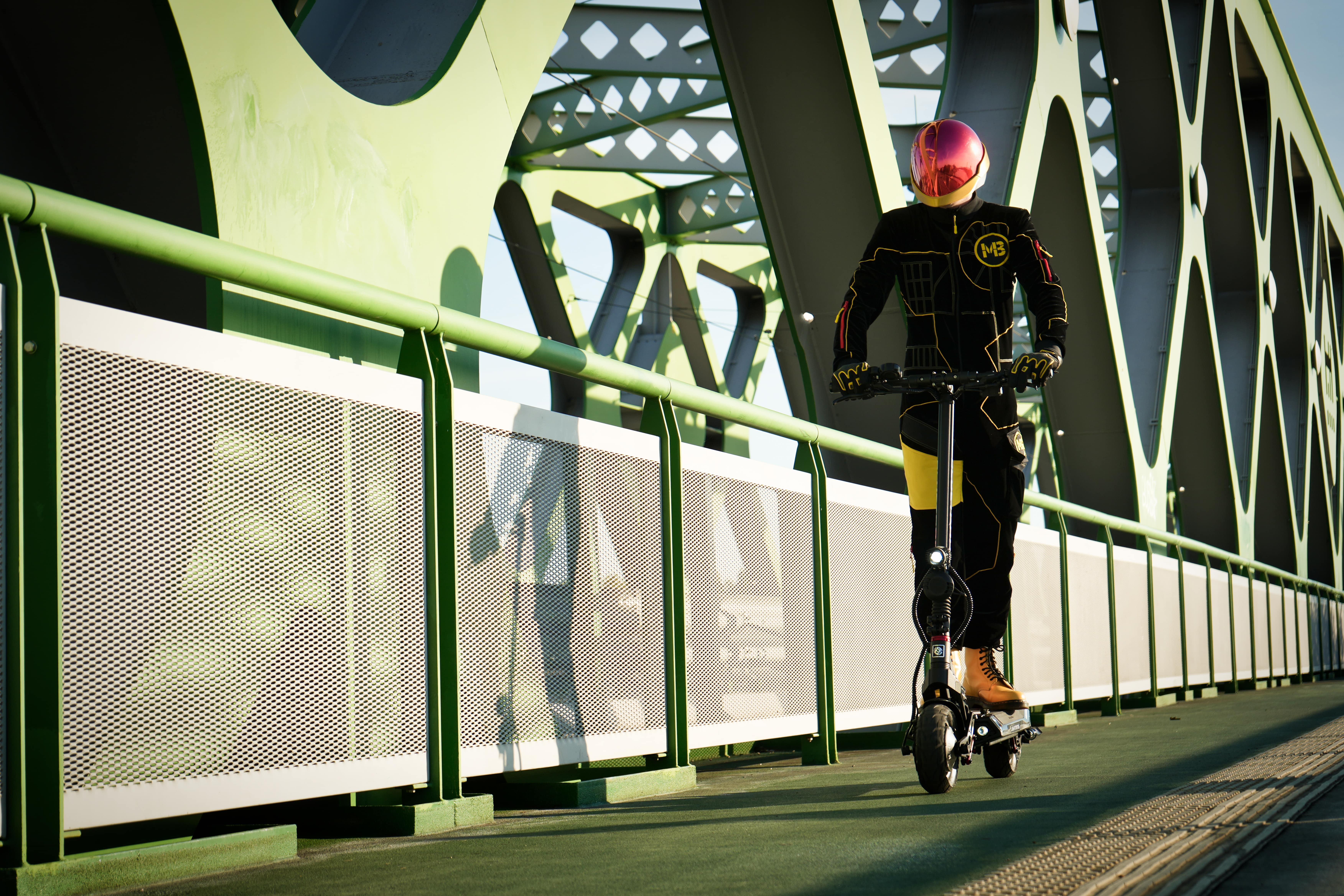
So, in which countries is it possible to ride on a sidewalk and where is it prohibited? See the list below:
No restrictions for riding on sidewalks: Estonia, Luxembourg
Restricted riding on sidewalks:
Prohibited riding on sidewalks:
Permitted parking on sidewalks:
Parking electric scooters on sidewalks is prohibited in Sweden and Italy. There is no legislation governing this matter in other countries. However, before parking or riding on a sidewalk it is always better to check whether or not this matter is regulated by any local city ordinances or regulations.
The enactment of the maximum permitted speed contributes to safety of scooter riders, as well as other road users. In some cases, the countries have even begun to limit the power available to electric scooters. How does it look in practice?
Although there is no speed limit in Spain, you can ride your electric scooter only on city roads.
Other countries have no legislation regulating the maximum permitted speed or scooter power.
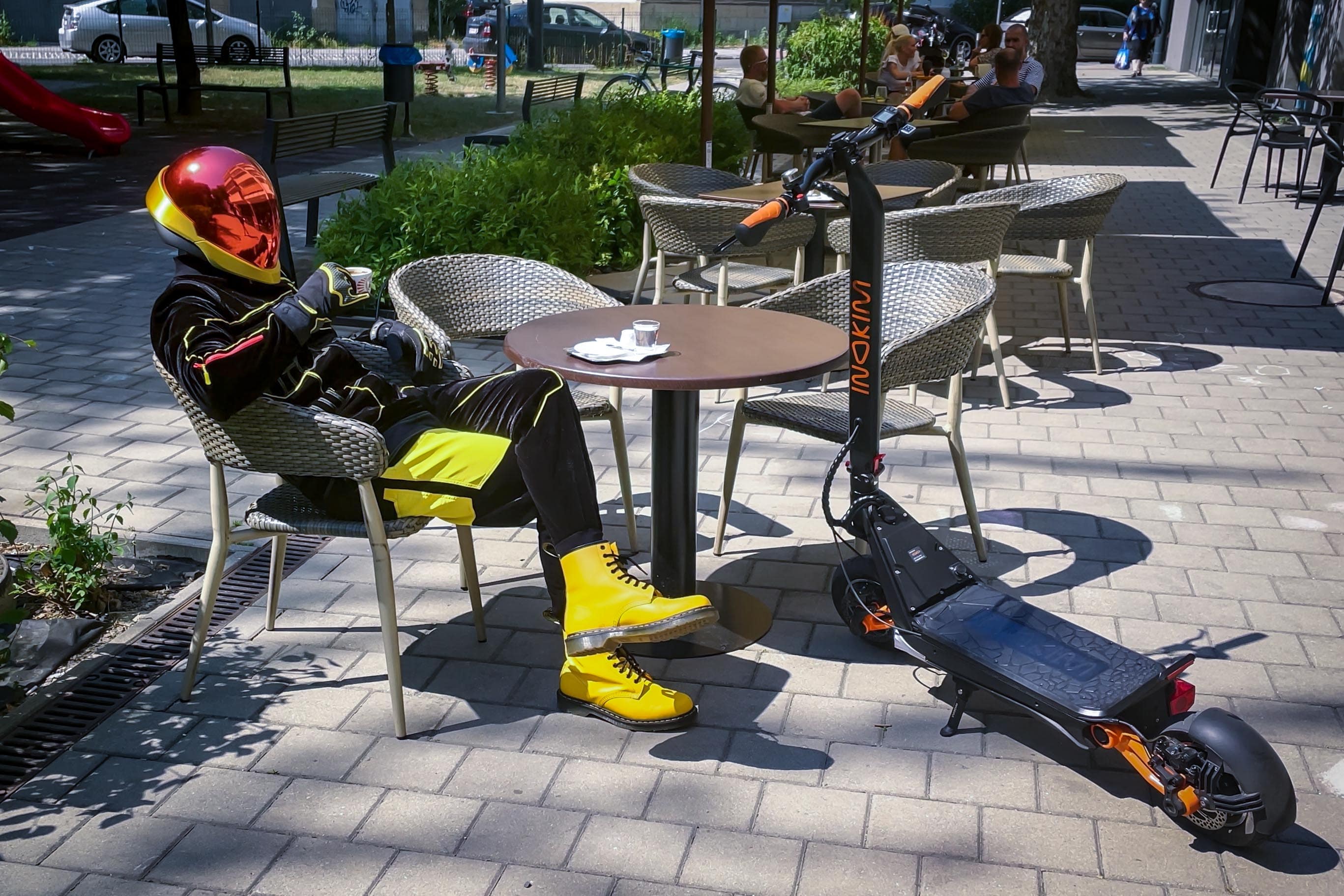
The question that surely interests many scooter riders who plan to stop for a beer or a glass of wine while on their weekend trip or on their way home from work. As you can probably guess, whether you can ride a scooter with alcohol in your blood varies from country to country. So, in which countries is it permitted to ride under the influence of alcohol?
Limit up to 0.5 permille: Belgium, Cyprus, Denmark, France, Latvia, Germany, Slovakia (up to 0.48 permille, but only inside a municipality or when on the cycle path), Slovenia, Sweden, and Italy
In Austria, you can even ride a scooter with a blood alcohol level of 0.8 permille.
Zero tolerance: Czech Republic, Estonia, Poland, Portugal, Romania and Spain
In other countries, riding a scooter while under the influence of alcohol is either not directly regulated by law or its adoption is under preparation. That is the case with Sweden and Finland.
However, regardless of whether the law requires riding sober, with a helmet on your head or at a given maximum speed, Max Blinker recommends one thing – safety must always come first. Therefore, even if not required by law, it is always a good idea to equip yourself with basic protection and safety elements and pay full attention to riding.
Over the next few days, we will contact you to fine-tune the details.
Over the next few days, we will contact you to fine-tune the details.
We work hard to provide you with the best experience possible.
Over the next few days, we will contact you to fine-tune the details.
We're sorry you don't have enough information about your order. We always try to continuously inform our customers about everything. Please fill in the information below and we shall get back to you as soon as possible, after checking the situation.
We are grateful for all positive feedback and recommendations. It motivates us in our everyday work.
We are sorry that something is wrong. Please provide the most accurate description of your situation so that we may check and resolve it promptly. Your complaint will be received not only by our employees but also by the management and owners of Max Blinker company.
Thank you for your message. We will get back to you as soon as possible.
Help us to improve. Do you have any suggestions?
Every nice word we hear from you will make us happy. Contact us.
Did you find any error in the text? We shall appreciate if you let us know.
Thank you for your message. We will get back to you as soon as possible.
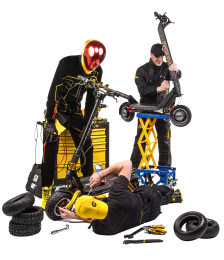 Professional service service@maxblinker.com +49 304 2208 222 Order a service Warranty online More info about the service
Professional service service@maxblinker.com +49 304 2208 222 Order a service Warranty online More info about the service  Escooter Guide Read our extensive guide on how to safely ride your electric scooter. It is full of information of interest to both beginners and advanced riders. Read the Guide
Escooter Guide Read our extensive guide on how to safely ride your electric scooter. It is full of information of interest to both beginners and advanced riders. Read the Guide  Independent Testing We scientifically verify manufacturers’ claims about range, performance and top speed. More info
Independent Testing We scientifically verify manufacturers’ claims about range, performance and top speed. More info Voltride meníme na Max Blinker
More info